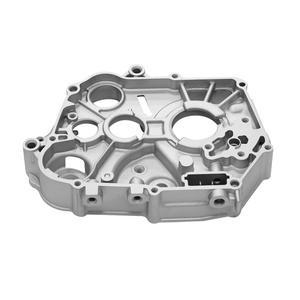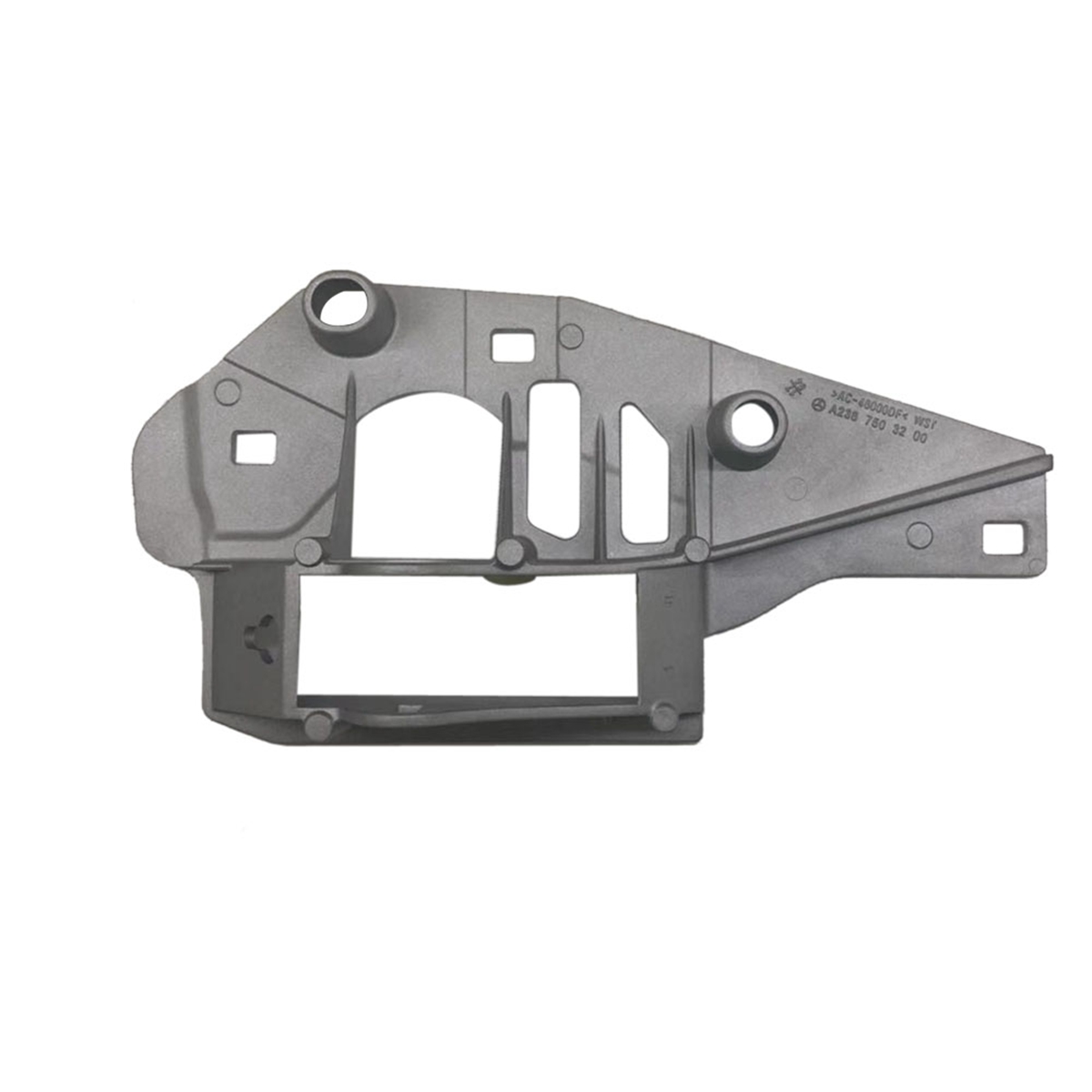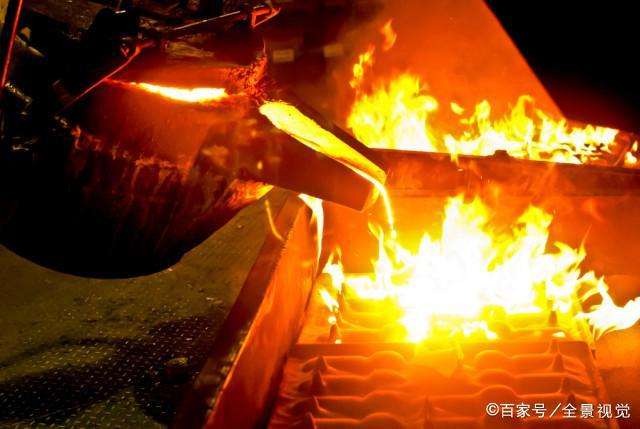
Choosing the right aluminum alloy involves a systematic approach that balances mechanical properties, environmental factors, fabrication needs, and cost. Here’s a structured guide to help you make an informed decision:
1. Define Application Requirements
Mechanical Properties: Determine required strength (tensile, yield), hardness, and fatigue resistance.
Environmental Factors: Assess exposure to corrosion (e.g., marine, chemical), temperature extremes, or weathering.
Fabrication Needs: Consider welding, machining, forming, or extrusion requirements.
Weight and Conductivity: Prioritize if lightweight or thermal/electrical conductivity is critical.
Industry Standards: Check for industry-specific standards (e.g., aerospace, automotive).
2. Understand Aluminum Alloy Series
1xxx Series (Pure Aluminum): Excellent corrosion resistance, conductivity, and formability. Low strength. Use for chemical tanks or electrical components.
2xxx Series (Copper Alloys): High strength (e.g., 2024). Poor corrosion resistance; often used in aerospace with coatings.
3xxx Series (Manganese Alloys): Moderate strength, good formability (e.g., 3003 for sheet metal).
5xxx Series (Magnesium Alloys): Excellent corrosion resistance and weldability (e.g., 5052, 5083 for marine applications).
6xxx Series (Magnesium-Silicon Alloys): Balanced strength, weldability, and corrosion resistance (e.g., 6061 for structural components).
7xxx Series (Zinc Alloys): Highest strength (e.g., 7075). Susceptible to stress corrosion; common in aerospace.
3. Evaluate Key Factors
Strength vs. Weight: For high strength-to-weight ratios, consider 2xxx or 7xxx series. For moderate strength, 6xxx.
Corrosion Resistance: 5xxx and 6xxx series excel here; 2xxx/7xxx may require coatings.
Fabrication:
Welding: 5xxx and 6xxx are ideal; 2xxx/7xxx are challenging.
Machining: 2xxx (e.g., 2011) and 6xxx (e.g., 6061) are machinable.
Formability: 3xxx and 5xxx for deep drawing or bending.
Temperature: 2xxx/7xxx retain strength at higher temps; 3xxx/5xxx for cryogenic uses.
4. Consider Temper and Treatments
Temper Designations: Indicate heat treatment (e.g., T6 for peak strength). Affects mechanical properties.
Surface Treatments: Anodizing (enhances corrosion resistance) or coatings for harsh environments.
5. Cost and Availability
Common alloys (e.g., 6061, 5052) are cost-effective and widely available.
Specialty alloys (e.g., 7075) are pricier and may have longer lead times.
6. Case Studies and Standards
Aerospace: 2024 (fuselage), 7075 (structural parts).
Automotive: 5052 (body panels), 6061 (frames).
Marine: 5083 (boat hulls).
Consumer Goods: 6061 (bike frames), 3003 (cookware).
7. Consult and Test
Review material datasheets and industry standards (ASTM, AMS).
Prototype and test under real-world conditions.
Engage suppliers or engineers for critical applications.
Example Workflow:
Application: Marine component needing weldability and corrosion resistance.
Series Selection: 5xxx (magnesium alloys).
Specific Alloy: 5083 (high strength in marine environments).
Temper: H321 for improved stability.
Verify: Check availability and cost; consult marine engineering guidelines.
By methodically addressing these factors, you can select an aluminum alloy that optimally meets your project’s demands.





